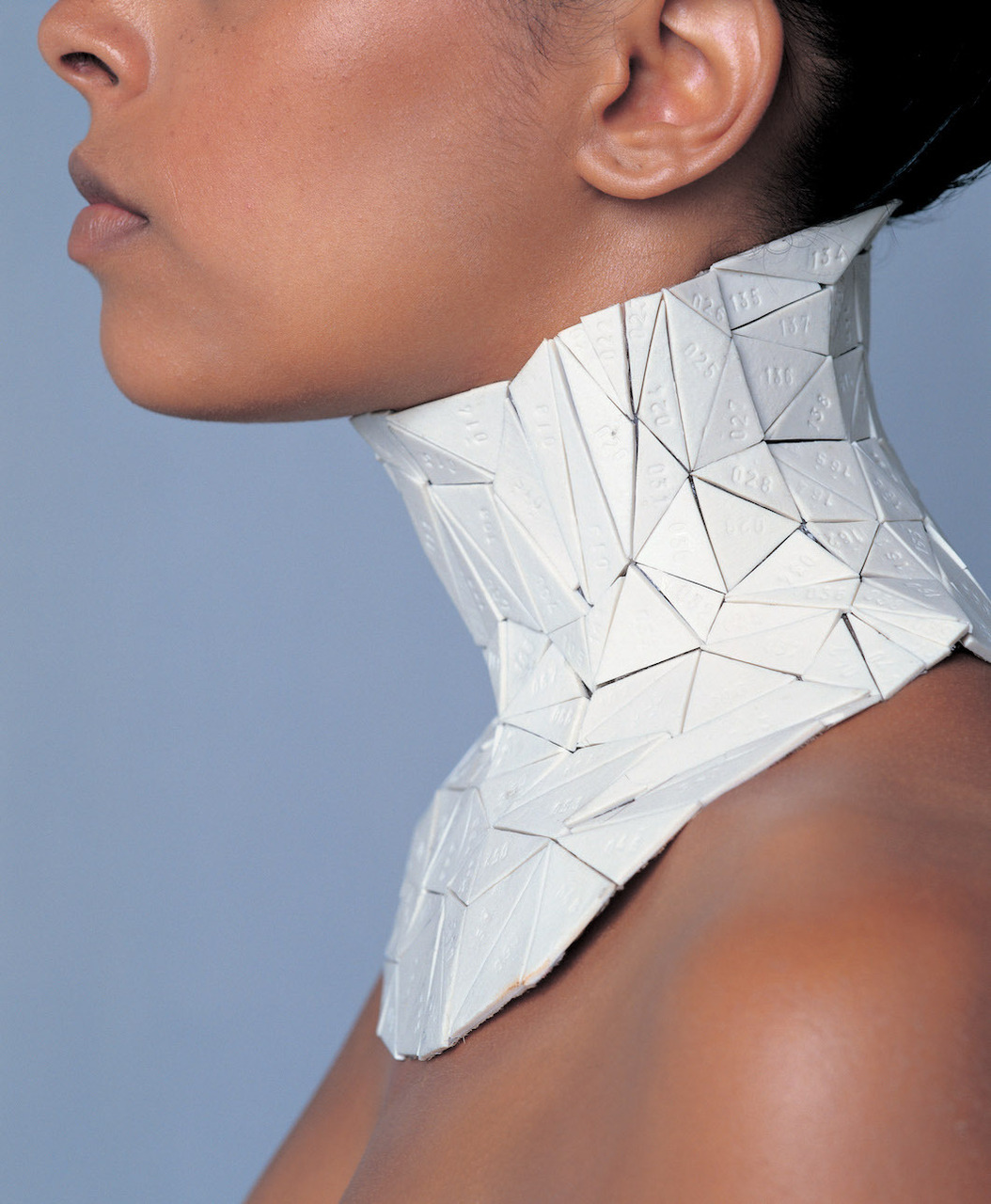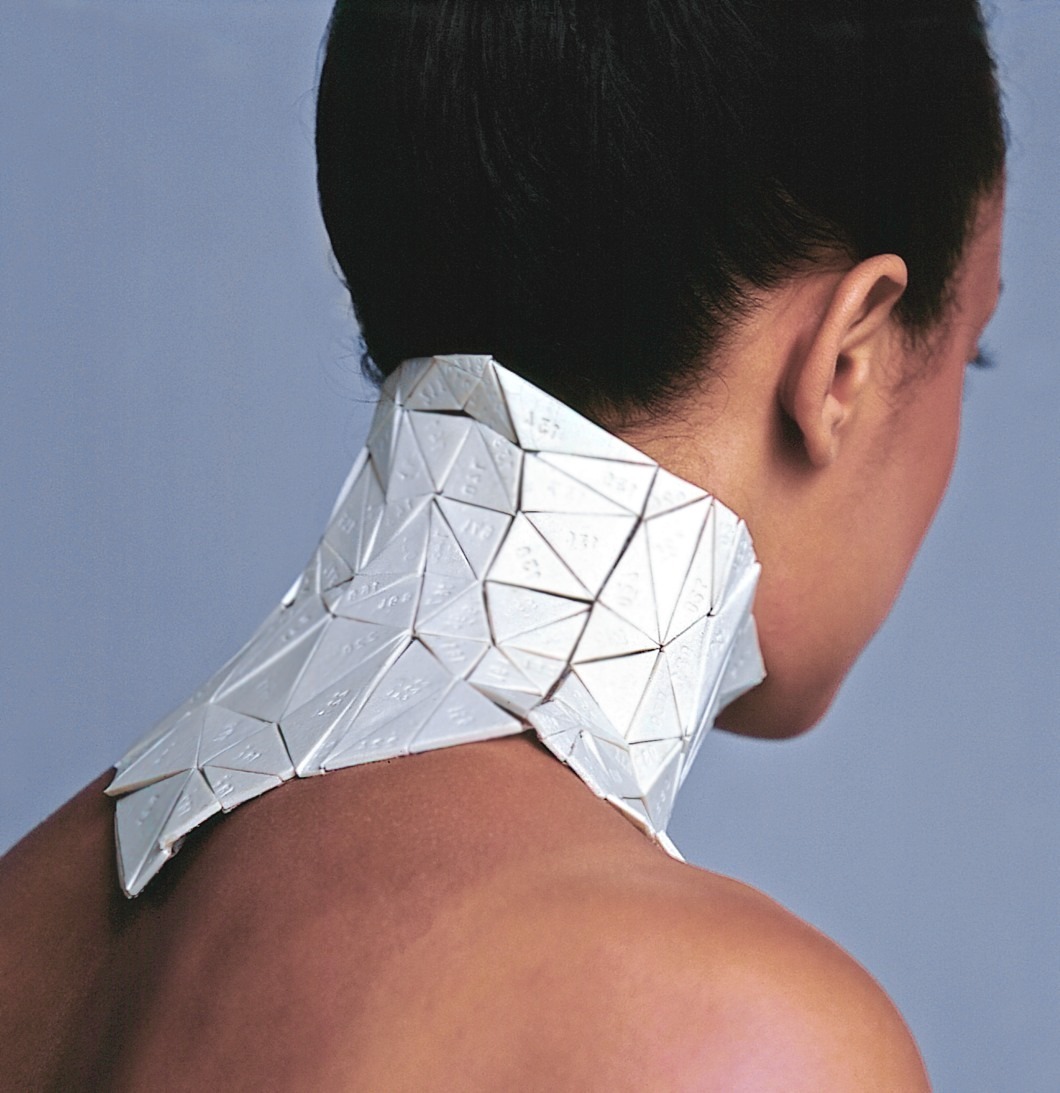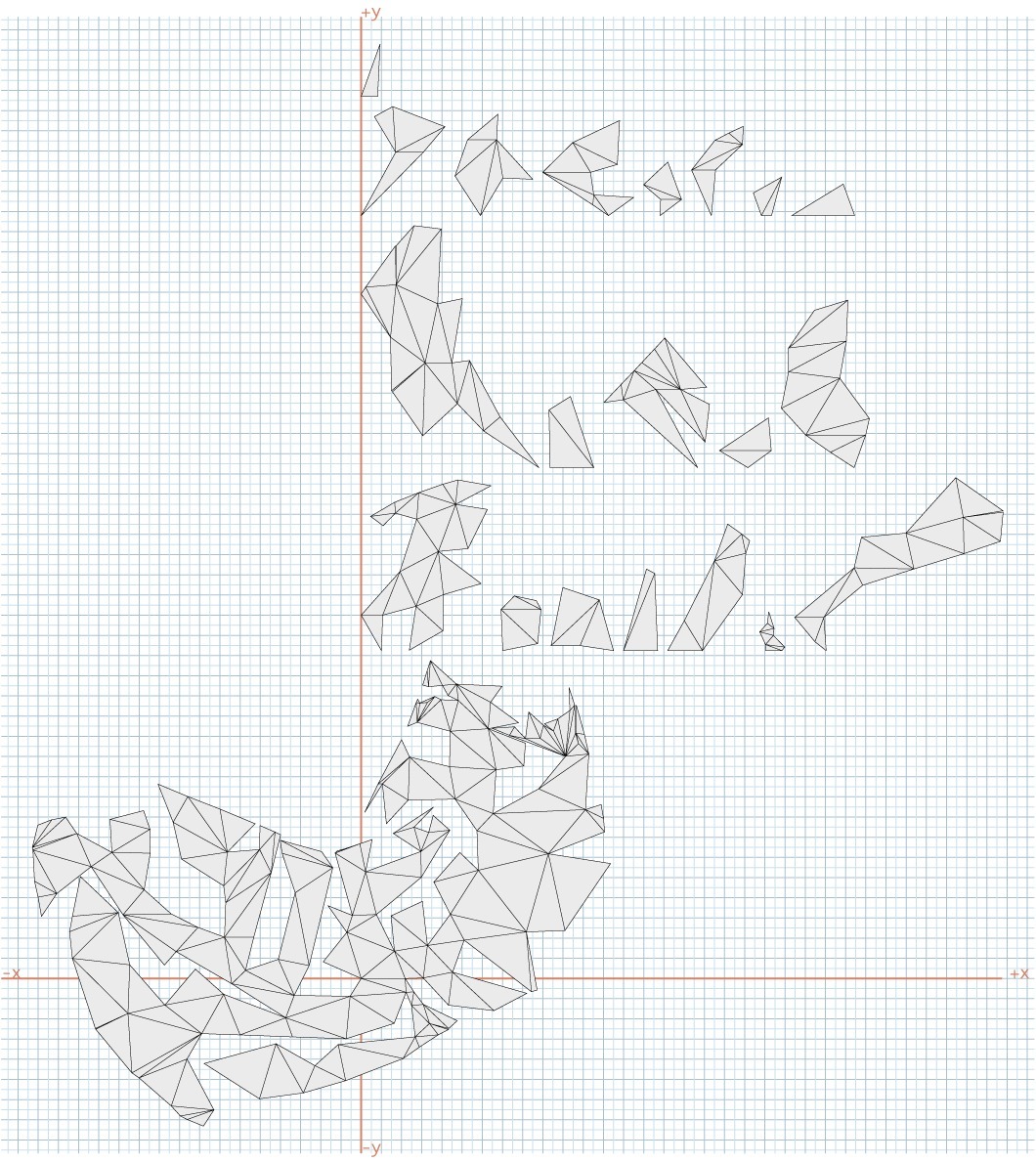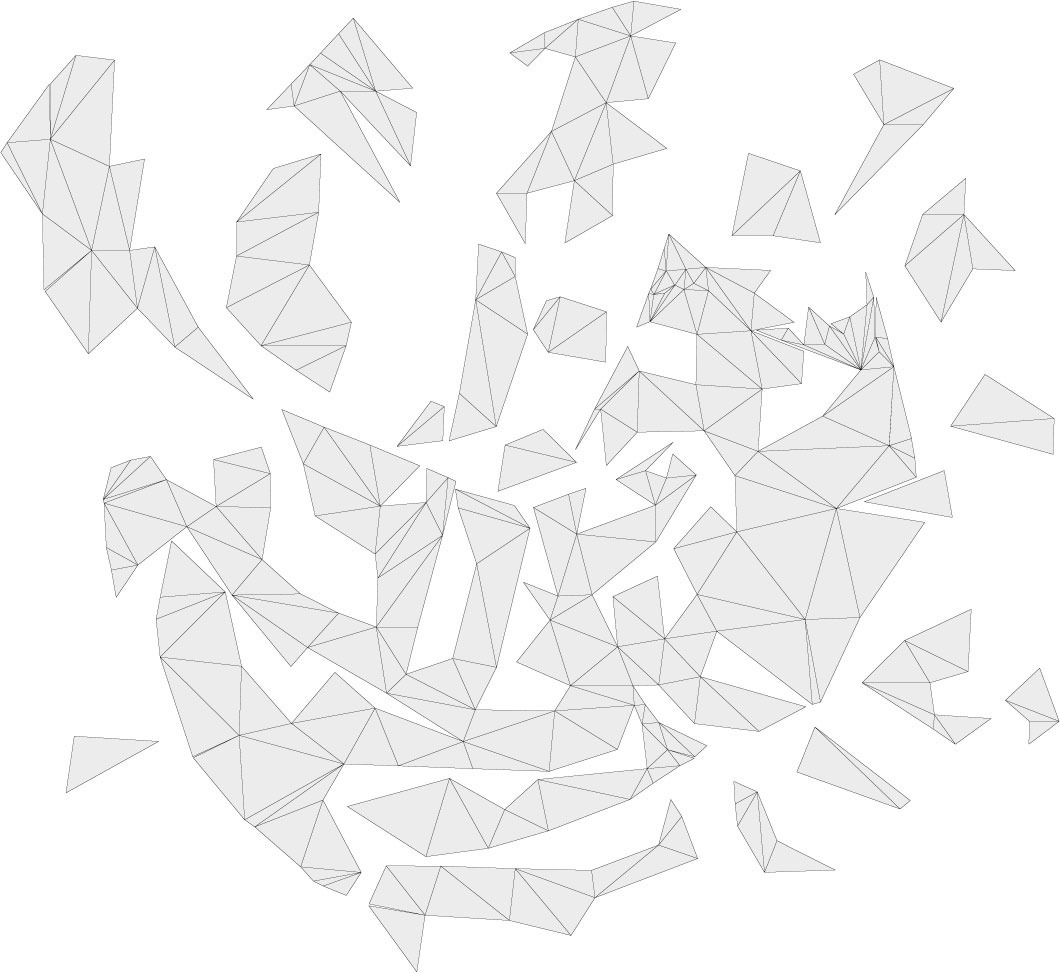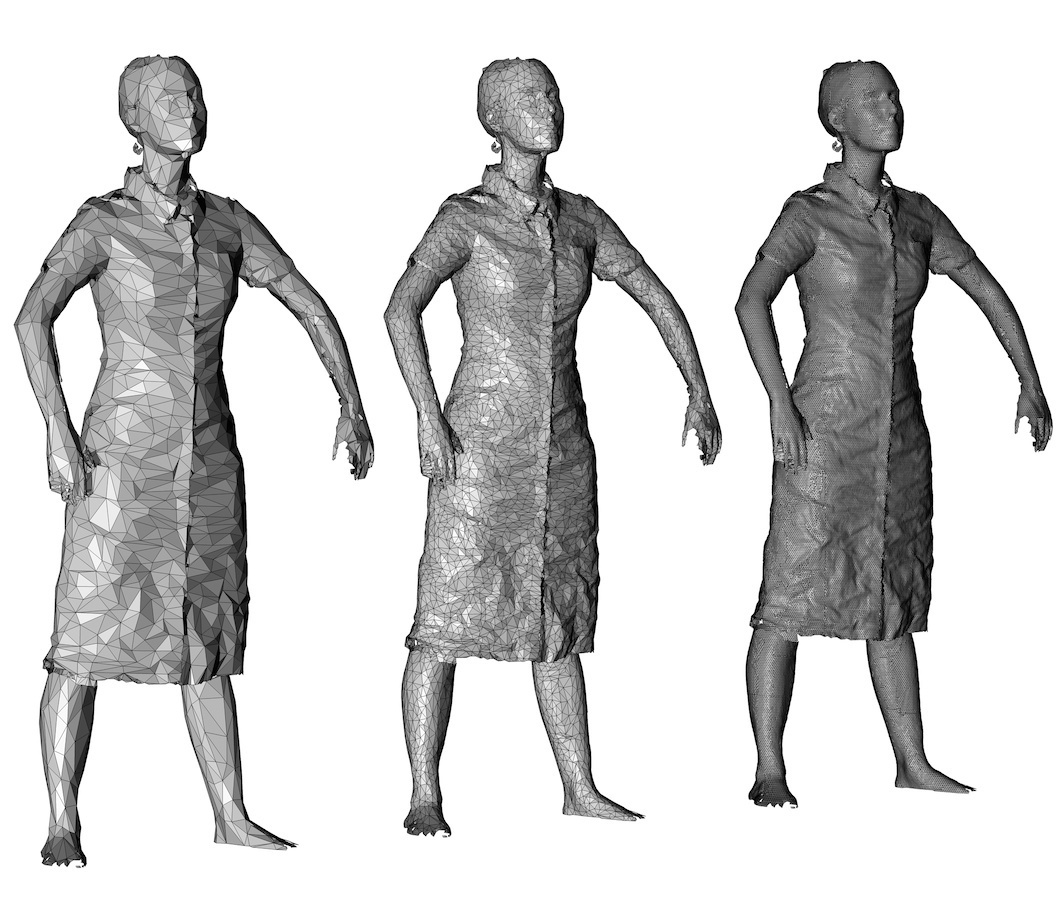Written on the body
a tribute to the surface
Unfold originally took its name from a
fascination for computational design methods and the surface of the
human body. This led to a series of design projects called
‘tribute to surface’ in which a computer program
designed to unfold simple forms was used on complex 3D models, such
as a 3D scan of the human body. The generated complex patterns
initiated a research into new production methods.
Unfold originally took
its name from a fascination for computational design methods and
the surface of the human body. This led to a series of design
projects called ‘tribute to surface’ in which a
computer program designed to unfold simple forms was used on
complex 3D models, such as a 3D scan of the human body. The
generated complex patterns initiated a research into new production
methods.
Unfolding a digital full-body 3D scan into a two-dimensional
pattern which after cutting by means of computer controlled
processes, is reconstructed into a series of personal jewels in
various materials: silver (arm), porcelain (neck) and leather
(belly). The resulting objects are low polygon copies of the body,
giving them a nearly perfectly fitting form, truly made for the
wearer. (The dutch translation of written on the body -op
het lijf geschreven- means a perfect fit)
Written on the body, a tribute to surface was the first
collaboration between Claire Warnier and Dries Verbruggen,
co-founders of Unfold. While the name Unfold carries new meaning
today, it still clearly refers to their first collaborative
experimentation with new production methods and the exploration of
the intersection between digital and analog.
The project was nominated for the René Smeets Prize by the
Design Academy Eindhoven in 2002.
Full body scans produced with the support of TNO, Netherlands
Organisation for Applied Scientific Research.
fig. 1, 2: photography by Sabine Pigalle
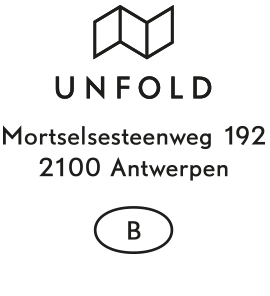 contact
contact